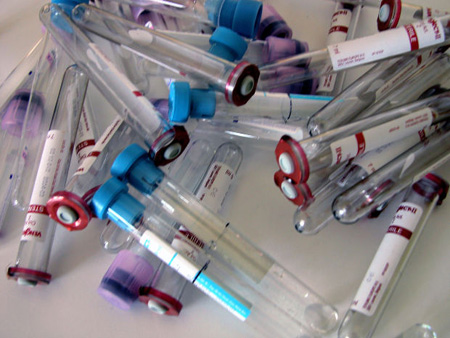While many people take it for granted, the ability of the modern medical establishment to diagnose diseases and disorders is astounding. In addition to medical expertise, doctors rely on numerous medical devices for diagnostic testing.

Some of the most familiar medical equipment is used in the physical examination phase of diagnoses, including thermometers, stethoscopes, and otoscopes used to peer into the ear. More sophisticated devices include electrocardiograms used to determine heart irregularities in patients suffering from chest pains and automated analyzers used to a complete a blood count on those experiencing high fevers and bacterial infections.
Anyone familiar with TV medical dramas has seen the medical monitor which continually measures vital signs such as blood pressure and flow, heartbeat, pulse, and respiratory functions. Less seen but equally important are the array of biosensors which analyze blood glucose, enzymes, and antibodies.
While the healthcare system is often focused on diagnosing those already suffering from medical conditions, medtech devices also play an important role in preventative care. Regular screenings for conditions such as high blood pressure, colorectal cancer, breast cancer, prostate cancer, and diabetes can have dramatic results in preventing the development of disease. Non-invasive diagnostic procedures, such as CT scans of the heart and lungs or carotid ultrasounds which detect heart-attack inducing plaque buildup in the arteries, save countless lives.
Diagnostic devices are becoming more refined and accurate every year as a new wave of high-tech machines replaces traditional analyzers and tests. The MelaFind is a hand-held optical scanner used to test skin tissue for melanoma, a dangerous form of skin cancer. The Melafind uses missile navigation technology developed by the Defense Department to scan suspicious lesions with electromagnetic energy. The signals are analyzed by a computer, which informs the doctor whether or not to order a biopsy.
Medical diagnostic devices are used by healthcare professionals in the fields of cardiovascular disease, neurovascular surgery, vision care, orthopedics, infection prevention and sports medicine. While a piece of equipment in a doctor’s office may look innocuous, it is likely an important tool for diagnosing medical problems quickly, cheaply, and painlessly.
